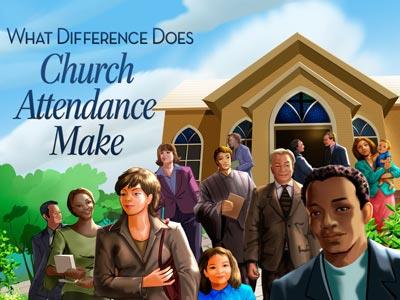-
Opportunity Series
Contributed by Ed Sasnett on Aug 14, 2020 (message contributor)
Summary: Boldly act on the opportunity to share and serve Christ.
The first door lock, as we imagine door locks, was invented by an Egyptian 3,000 years ago. There was little improvement on locks until the Romans invented a kind of notched key. The next major improvement on locks was not until the 1700’s. A man by the name of Yale invented the tumbler lock. After this development in the opening and closing of doors, came more quickly.
The combination lock followed the tumbler lock. A series of memorized letters or numbers formed a coded combination. The time lock was invented in 1873. The combination could not be used until a certain time.
Safes began to build doors with a stair-step design. This prevented wedges from being forced in and prying the vault open. Thieves began to use blowtorches. Safes were designed to disperse the heat. Copper alloys were put into the door of safes and vaults to disperse the heat of an acetylene torch. Relockers were added. When someone tried to jimmy the safe, tumblers fell into place. Today, we face electronic theft.
The history of locks and safes reveal that people have found a way to open doors that others wanted closed or to close doors that others wanted open. In the letter to the church at Philadelphia, our Lord tells the church He is the One that opens doors, and no one can close the door. When He closes a door, no one can open it. The reason is that He holds the key.
This is the sixth letter of the seven letters to the churches of Revelation. Each church has highlighted a characteristic of the church. A church is characterized by love, suffering, holiness, truth, and reality. The church of Philadelphia reveals God has opened a door of opportunity to share and serve Christ. This letter calls the church to boldly act on the opportunity to share and serve Christ.
Only two churches of the seven are not criticized. The first was Smyrna, the church that was suffering and being persecuted. The second church is the church in Philadelphia.
There are three metaphors the letter is built around: a door, a key, and a pillar. The door speaks of the church’s opportunity to share the gospel. The key speaks of Christ’s authority. The reason they have this opportunity is Christ is in charge not the government or culture. Finally, the pillar speaks of the Christian’s security. Opportunities can be risky, but we are secure in Christ.
John writes what Jesus says to the church at Philadelphia in Revelation 3:7. He says:
(7) “Write to the angel of the church in Philadelphia: Thus says the Holy One, the true one, the one who has the key of David, who opens and no one will close, and who closes and no one opens: (8) I know your works. Look, I have placed before you an open door that no one can close because you have but little power; yet you have kept my word and have not denied my name. (9) Note this: I will make those from the synagogue of Satan, who claim to be Jews and are not, but are lying — I will make them come and bow down at your feet, and they will know that I have loved you. (10) Because you have kept my command to endure, I will also keep you from the hour of testing that is going to come on the whole world to test those who live on the earth. (11) I am coming soon. Hold on to what you have, so that no one takes your crown.
(12) “The one who conquers I will make a pillar in the temple of my God, and he will never go out again. I will write on him the name of my God and the name of the city of my God — the new Jerusalem, which comes down out of heaven from my God — and my new name.
(13) “Let anyone who has ears to hear listen to what the Spirit says to the churches.
I. DOOR—THE CHURCH’S OPPORTUNITY (REVELATION 3:7-8)
Jesus said to this church, “I have placed before you an open door that no one can close” (v. 8). What is this door which has been opened wide and can’t be closed? Often in Scripture, an open door is a door of opportunity. When the door is closed, the opportunity has passed. John Stott says the metaphor is used in two main senses.
The first open door is the opportunity of salvation. Some commentators think this is what John is speaking of, but others disagree. However, this picture is so clear in other parts of the Bible that it needs to be considered. Jesus used this picture to speak of salvation. In Matthew 7:13-14, He said: (13) “Enter through the narrow gate. For the gate is wide and the road broad that leads to destruction, and there are many who go through it. (14) How narrow is the gate and difficult the road that leads to life, and few find it.

 Sermon Central
Sermon Central



